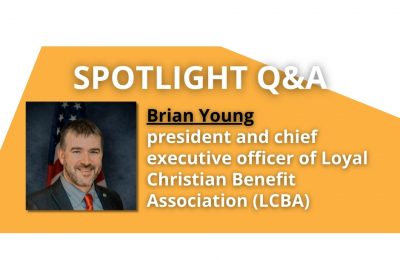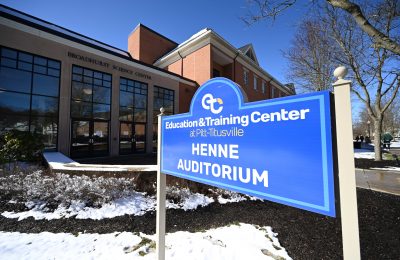Women have come a long way since 1920 when they received the right to vote. Women also have made huge strides in obtaining higher education degrees and have slowly closed the gender gap on pay equality. More women today own small businesses, hold positions in management and head up family businesses. With all the advances women have made over the past several decades, the gender gap on women holding elected political office is still very wide.
This past election saw some incredible firsts for women. Iowa elected their first woman to the U.S. Senate. Mia Love, a Republican from Utah, became the first black woman ever elected in the Republican Party to Congress. While it is true that more women are running for elected positions in the United States than ever before, the percentages of women holding elected offices are still low and have not kept pace with other areas of society where the gap has steadily closed. In every election across the United States, women make strides, but the gender gap is still very apparent in politics.
The Center for American Women in Politics shows that in 2015, 24.2 percent of the 7,383 state legislators in the United States are women. Women currently hold 435, or 22.1 percent of the 1,972 state Senate seats and 25 percent of the 5,411 state House or Assembly seats. Pennsylvania ranks 38th in women state legislators — 17.8 percent of the legislators in the Pennsylvania General Assembly are women, or 45 of the 253 legislators.
The historical data and statistics often conflict with the populous view of women in politics. The historical data shows us the number of women that seek office as compared to those that win that office in each state. Those numbers still remain low. A new Pew Research Center study shows that most people see little difference in what men and women bring to the political leadership. So then why do we still see politics lagging behind society and so few women holding political office?
Five Obstacles
Political analyst’s provide five reasons more women are not in elected political positions: incumbency, family, redistricting, the media and stereotypes.
1. In most cases, the incumbent has the advantage. Men were in office before women, and once a person is in office, they have serious advantages for re-election. Usually, the most “winnable” seats already are held by men.
2. Family also comes into play for women because they are typically the main caregivers and statistics show that women often run for office later in life, after they’ve had children or their children are grown.
3. Redistricting appears to target women. When lines are redrawn, women often bear the brunt of it, many times forcing them into a district with another incumbent.
4. The media tends to quote men five times more than women on the same issues and the media often times focuses on the woman’s appearance and fashion, whether positive or negative, rather than on the issues.
5. Assumptions and stereotypes are also to blame. Many people automatically assume that a female candidate will be better on social issues — such as women’s rights or education — and a male candidate will be better on hard issues — such as defense and the economy.
Encouraging Potential Candidates
Veteran Republican media strategist Charlie Gerow has been encouraging women candidates for decades. He says the key is for more women to seek office at all levels. “I firmly believe we’ll have a woman president in my lifetime. And I believe we’ll elect more and more women to our General Assembly. But in order to win, you have to be on the ballot. There are good examples, like the PA Superior Court, where qualified women have been running and winning for years,” said Gerow.
It is vital that we encourage women to run for office at all levels of government, and support them through the election, right here in Pennsylvania. The Manufacturer & Business Association would also like to congratulate all of the woman who won their elections and will be joining the legislature, in the state House, state Senate and U.S. Congress for the new session.















